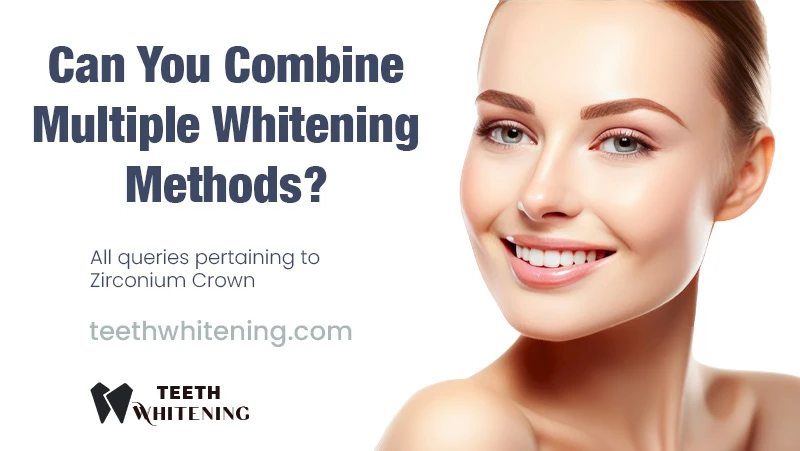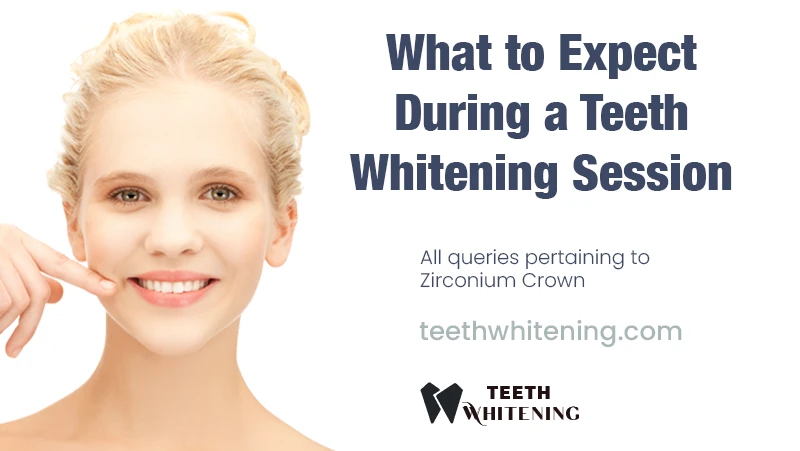- 25/02/2025
Can You Combine Multiple Whitening Methods?
Learn whether you can combine multiple teeth whitening methods for optimal results. Discover safe practices and potential risks of blending treatments.
- 25/02/2025
- Category: Treatment Process

Can You Combine Multiple Whitening Methods?
Introduction
Combining teeth whitening methods may seem like an effective way to achieve a brighter smile faster, but it requires caution. While certain methods can complement each other, overuse or improper combinations can lead to sensitivity, enamel damage, or uneven results. This guide explores the pros and cons of combining whitening treatments, safe practices, and the best ways to enhance your results.
The Science Behind Teeth Whitening
Teeth whitening relies on peroxide-based agents, abrasives, or natural alternatives to remove stains and discoloration. The effectiveness of these methods depends on the type of stains, application frequency, and the condition of your teeth.
Common Whitening Methods:
- Professional Whitening: In-office or dentist-prescribed treatments with high-concentration gels.
- Over-the-Counter Products: Whitening strips, pens, and toothpaste for at-home use.
- Natural Remedies: Baking soda, oil pulling, or activated charcoal.
Can You Combine Whitening Methods?
Safe Combinations
Some whitening methods can work together to enhance results without causing harm:
- Professional Whitening + At-Home Maintenance:
- How It Works: Use professional treatments for immediate results and follow up with whitening toothpaste or strips for maintenance.
- Benefit: Prolongs the brightness achieved during in-office whitening.
- Whitening Toothpaste + Natural Remedies:
- How It Works: Alternate between gentle abrasives (e.g., baking soda) and whitening toothpaste to address surface stains.
- Benefit: Offers gradual whitening while minimizing the risk of overuse.
- LED Whitening Kits + Whitening Toothpaste:
- How It Works: Combine at-home LED whitening systems with toothpaste to maintain brightness between sessions.
- Benefit: Supports ongoing stain removal.
Risky Combinations
Combining certain methods can harm enamel, irritate gums, or lead to inconsistent results:
- Multiple High-Strength Products:
- Example: Using professional gels with over-the-counter strips.
- Risk: Overexposure to peroxide can cause sensitivity and enamel erosion.
- Abrasive Products Together:
- Example: Using charcoal toothpaste and baking soda simultaneously.
- Risk: Excessive abrasiveness can wear down enamel.
- Frequent Overlapping Treatments:
- Example: Layering whitening strips with whitening pens.
- Risk: Uneven results or chemical burns on soft tissues.
Best Practices for Combining Whitening Methods
1. Consult Your Dentist
- Why It Matters: A dentist can evaluate your teeth and gums to ensure combined methods won’t harm your oral health.
2. Space Out Treatments
- How to Do It: Allow time between treatments to avoid overexposure. For example, use whitening strips every other day instead of daily.
3. Start with Professional Whitening
- Why It’s Effective: Professional treatments provide a strong foundation, allowing you to use gentler at-home methods for maintenance.
4. Use Enamel-Safe Products
- What to Look For: Products labeled “enamel-safe” are less likely to cause damage when combined.
5. Monitor Sensitivity
- Action Steps: If you experience sensitivity, pause treatments and switch to desensitizing toothpaste until symptoms subside.
Alternatives to Combining Methods
If combining methods feels risky, consider these alternatives:
- Professional Touch-Ups: Schedule regular dentist visits for safe whitening touch-ups.
- Custom Trays: Dentist-prescribed trays allow controlled application, reducing the need for additional treatments.
- LED Whitening Systems: Use an all-in-one at-home kit for gradual and effective whitening.
FAQs About Combining Whitening Methods
Can I Use Whitening Toothpaste with Other Methods?
Yes, whitening toothpaste is generally safe to use alongside professional treatments or strips for maintenance.
How Long Should I Wait Between Treatments?
Wait at least 24–48 hours between treatments to allow enamel to recover.
Are Natural Whitening Remedies Safe to Combine with Store-Bought Products?
Yes, but use them sparingly to avoid excessive abrasiveness or overexposure.
Conclusion
Combining whitening methods can enhance your results if done safely and under professional guidance. Start with professional treatments, follow up with maintenance products, and avoid overlapping abrasive or high-strength methods. Consult your dentist for personalized recommendations and enjoy a brighter, healthier smile without compromising your enamel.










